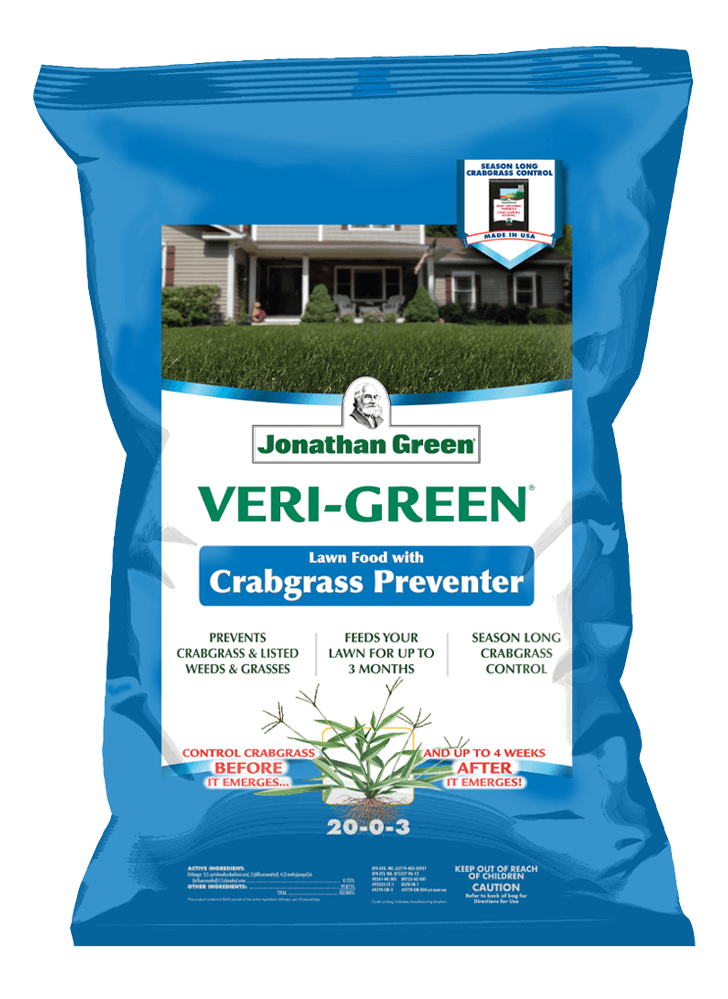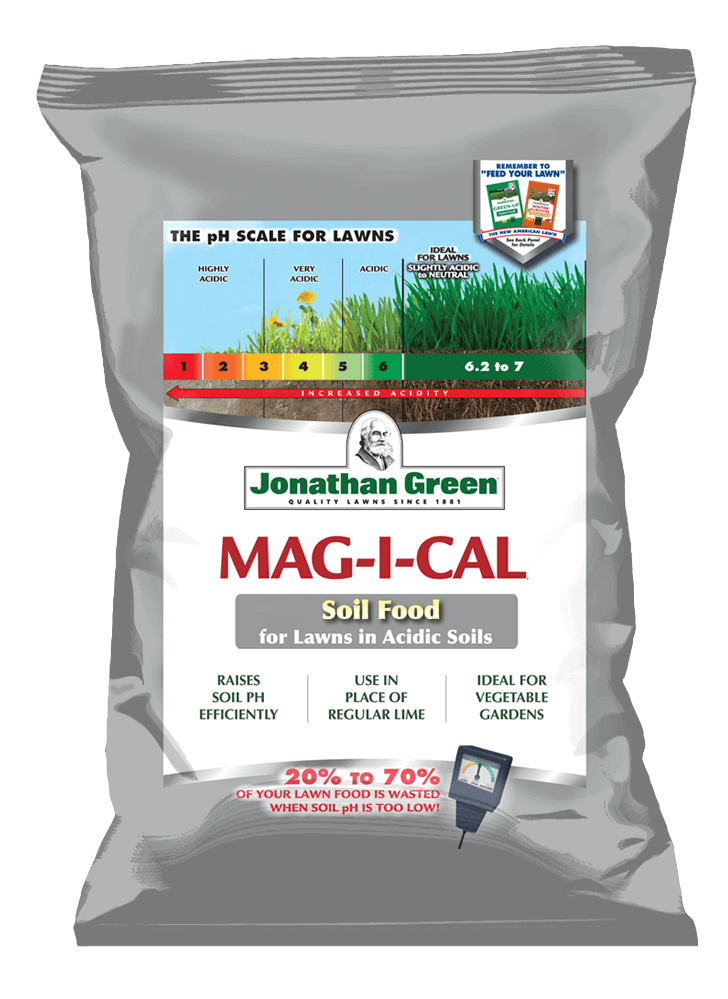Rain, rain go away!
Rain, rain go away! We had a lot of rain in February and March, what about April? It’s lovely for ducks but not so good for lawns. Cool, wet weather keeps us from getting outside to work in our yards including feeding and greening our lawn in the spring. What other effects does too much water have on your lawn?
Walking and moving objects such as trash cans across a wet lawn can compact the soil and leave long-term marks or tracks in your yard. Try to limit foot traffic, including mowing when the lawn is too wet. When your soil is saturated the water filling the soils air paths drowns your roots and may kill your lawn. A root system that cannot breathe will die, causing dead, brown grass patches in your lawn. These dead patches will have to be reseeded.
If seeding is required, choose one of our Black Beauty quality grass seed mixture appropriate for your area and site conditions. Remove debris and loosen the soil with a rake or mechanical aeration. If you need to seed bare spots and want to prevent crabgrass at the same time, make sure you use Crabgrass Preventer plus New Seeding Fertilizer. This will allow the grass seed to grow, but will prevent the crabgrass from germinating if timed correctly. This product is a pre-emergent only.
If your lawn gets too much water, important nutrients are washed away that cannot be absorbed into the root system. The focus of spring lawn care should be to strengthen the grass plants to survive summer weather. Proper feeding of the grass plants and of the soil microbes will help you have a thick, healthy lawn. Apply Veri-Green early in the spring to return nutrients to the grass plants. Now may be a good time to do some grading to improve drainage.
Rain can also delay crabgrass germination by keeping the soil temperature below 55°. Delay your application of pre-emergent crabgrass prevention if this happens. Dimension is a “pre” and “post” emergent for crabgrass control up to the three leaf stage. Veri-Green Crabgrass Preventer plus Lawn Fertilizer can be applied up to 4 weeks later than other available pre-emergents so it is somewhat forgiving if rain dominates the spring weather forecast. Heavy rain can also cause broadleaf weeds to thrive in late spring, weeds that are often more difficult to control. Let’s worry about these guys next month.
Your soil pH may need to be adjusted due to heavy rainfall washing away calcium and other important lawn nutrients. This area of the country often has soil pH levels which are slightly acidic or below a neutral level of 7. Your local garden center or hardware store may have a soil test kit or it would be a good idea to get a soil test on your nutrient levels. A local resource is the Rutgers University Soil Testing Laboratory, the website is: njaes.rutgers.edu/soil-testing-lab. Apply Mag-I-Cal® for Lawns in Acidic Soil which is designed to raise soil pH if needed. Calcium will help to build strong grass plant cell walls and controls the plants ability to utilize water and nutrients while improving soil structure.
Mentioned Products
Time to get out the mower! Clean the mower from top to bottom. Have your mower tuned up: fresh spark plugs, fresh oil, filter and fresh gasoline help a mower perform its best. Have your blades sharpened to prevent shredding of the grass blades. Begin mowing as soon as your lawn needs it. Grass blades do best when you cut no more than a third of the blade’s length at a time. Keep the grass blade length at 2-1/2” to 3/1-2” inches to help crowd out weeds and thrive.

